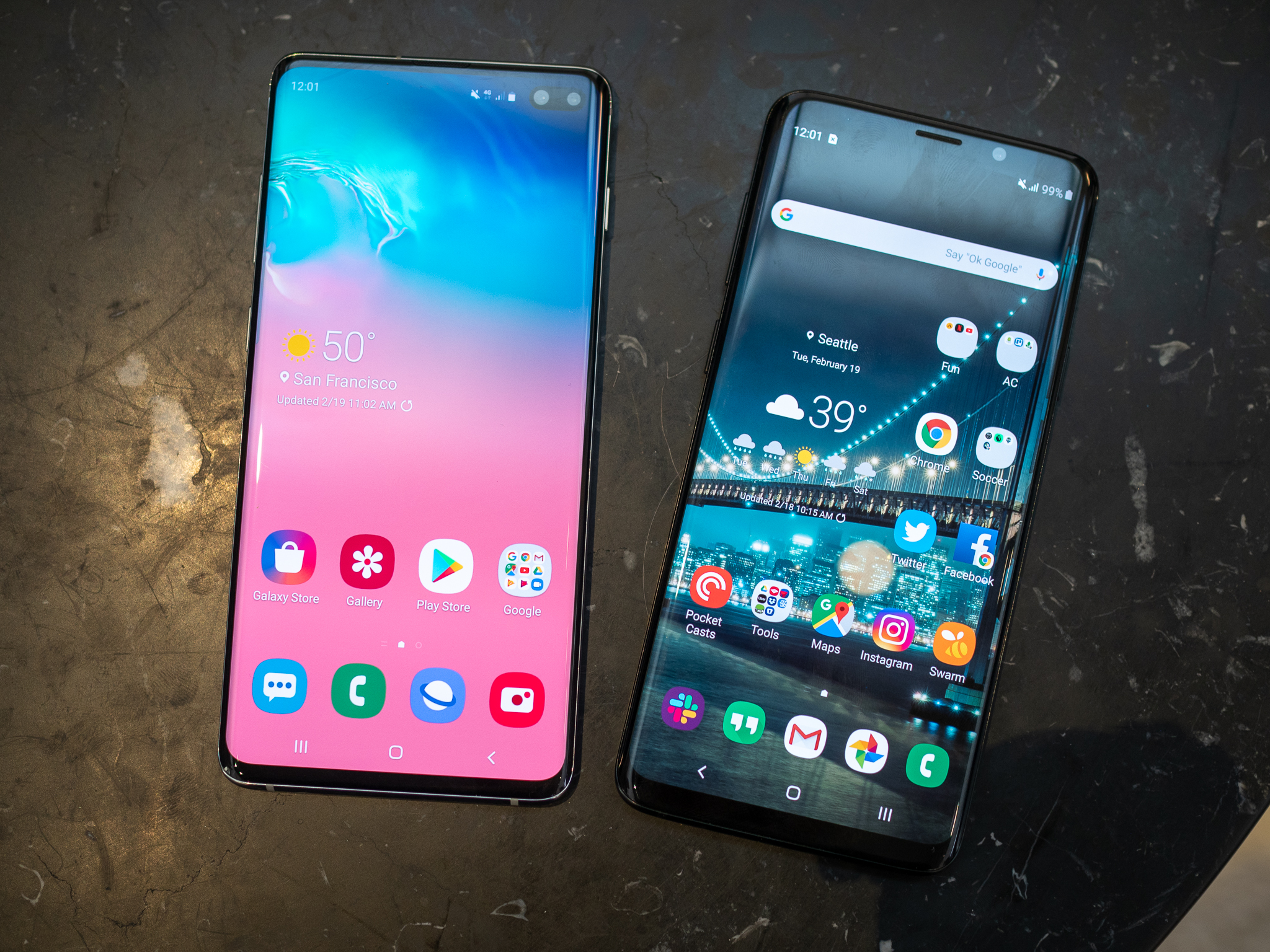Just because it's new doesn't mean the old stuff is worthless.
There is a significant downside to the innovation we enjoy today: it's just far too expensive. Samsung, Apple, Huawei, and more have been spending billions each year to figure out how to make the stuff we like work the way we like them to work. And we know that they're doing a good job because they continue to make significant returns on those investments.
But those costs have to be covered somehow, and there are few avenues for recuperation. It only stands to reason that the people who want to enjoy these new things pay for them.
The hidden cost of smartphones keeps climbing and climbing.
Remember, your bill doesn't just include the cost of the materials used to make the phone. People have to be paid to figure out all the cool technology it needs. New manufacturing processes and systems have to be built to facilitate engineering. Assembly workers get their due for putting the things together. Building maintenance and fees, utilities, and more all add up. And then there's still the matter of marketing and distribution.
These things cost tons of money at the level that the top companies do it and the end products mostly justify the lofty price tags that come with them. That's why they continue to raise prices despite all of the moaning and groaning we do. The reason they get away with it is because enough of the world's population used their wallets to communicate that they agree the phone is worth the price that they're asking. (The carrier finance system we have here in North America also makes it easier to hide the true cost of a pricey smartphone, but that's another article.)
But there's also a not-so-small band of people whose gag reflexes engage at the thought of paying more than the cost of some home mortgages for something that goes into your pocket. Those people would refuse to buy it on principle alone even if they know it earns its keep. They're totally entitled to those opinions, but they should be looking at smartphone shopping from a whole different angle.
Oldie but goodie
Buyers on tight budgets often feel pressured to buy the absolute newest smartphones available, even if there's an older one in the same ballpark that can do way more. They're told to buy the best smartphones in other price categories that might not have some of the same key features and from brands they're not familiar with. It's a dangerous proposition.
But how do you get a powerful, feature-packed smartphone without parting ways with a big lump of cash? It can be easy to forget there are smartphones that launched last year that still have a lot to offer today.
I look at my Samsung Galaxy S9+ as the perfect example. It started at $840 but can now be had for $700, and as cheap as $480 if you don't mind buying refurbished. Don't need the extra camera, roomier display, and bigger battery? The base model is even cheaper as it regularly comes in under the $600 mark brand new in the box.
Looking at the Samsung Galaxy S10+, it certainly has the sort of bleeding edge technology that makes its $1,000 price tag look relatively fair, but there's nothing the phone does on the fundamental level that the older model can't.
Galaxy S10 vs Galaxy S9: Should you upgrade?
No, my fingerprint sensor isn't embedded under the display thanks to cool ultrasonic technology, but I can still unlock it the phone via the same method using more reliable (albeit a bit oddly placed) technology. I don't have three cameras on the back, but I can use my legs to make my own wide angle focal lengths. Wireless charging isn't as fast, but it's still there, and still faster and better than most others. Oh, and if you hate hole punches and notches, guess what? The Galaxy S9+ doesn't have those.
Plus, smartphones age like fine wine now. The Samsung Galaxy S9+ was already really good when it came out but Samsung brought a whole new user experience called One UI with its Android 9 Pie update.
After using it for a bit, I found I had mostly all of the same software benefits as someone being asked to spend hundreds more for the latest and greatest. One UI runs like liquid on the Galaxy S9's Snapdragon 845, and that chipset will continue to put in work for as long as anyone chooses to use it. Android might completely outgrow it at some point, but I wouldn't expect that to happen tomorrow or even another two years from now (although I don't expect the updates to keep flowing quite that long).
What I'm getting at is that you shouldn't overlook the possibility of buying yesteryear's smartphone if you want a great flagship from a company you trust. And if you already have that smartphone you shouldn't use newness as your sole reason for upgrading. It might not be the hot topic of the moment, but there is no arbitrary smartphone aging calendar that determines the exact date last year's offering becomes inadequate for you.
Not only is it still some of the most powerful hardware available, but you get the benefit of jumping in after a full year's worth of updates that have ironed out any big issues and enhanced the user experience to be even better than the day it launched. Getting all that for a much cheaper price than they originally asked for is just more delicious icing on the cake.



Tidak ada komentar:
Posting Komentar